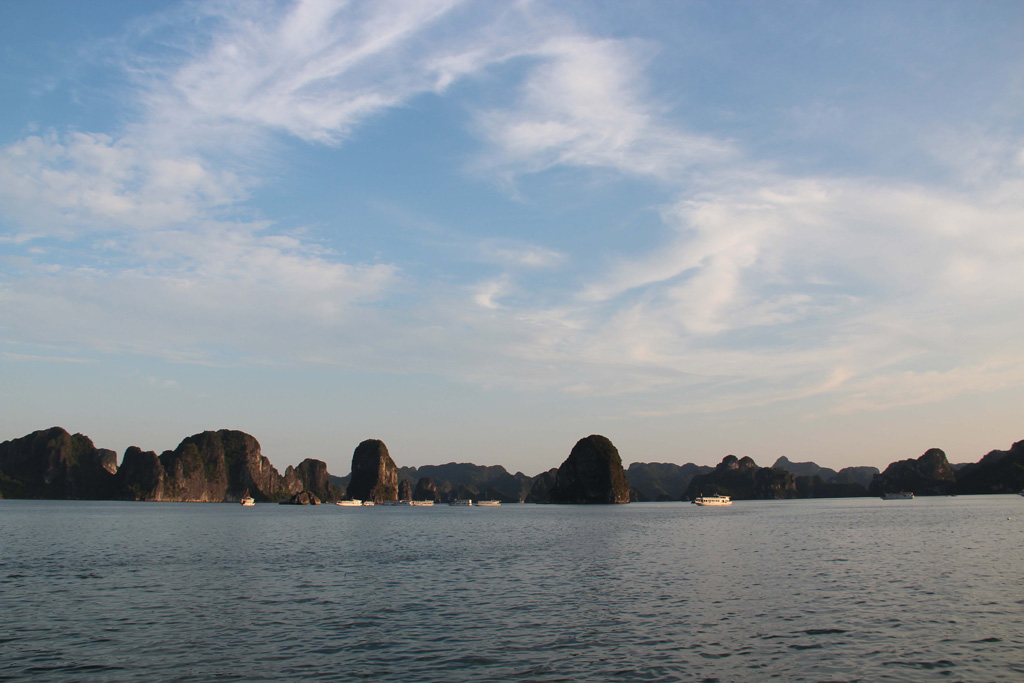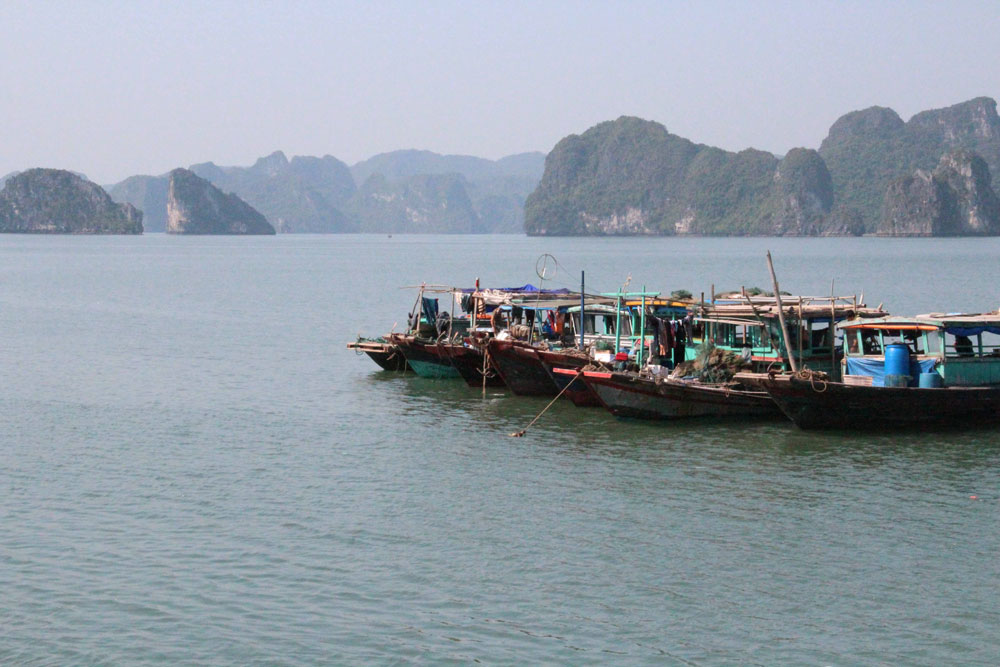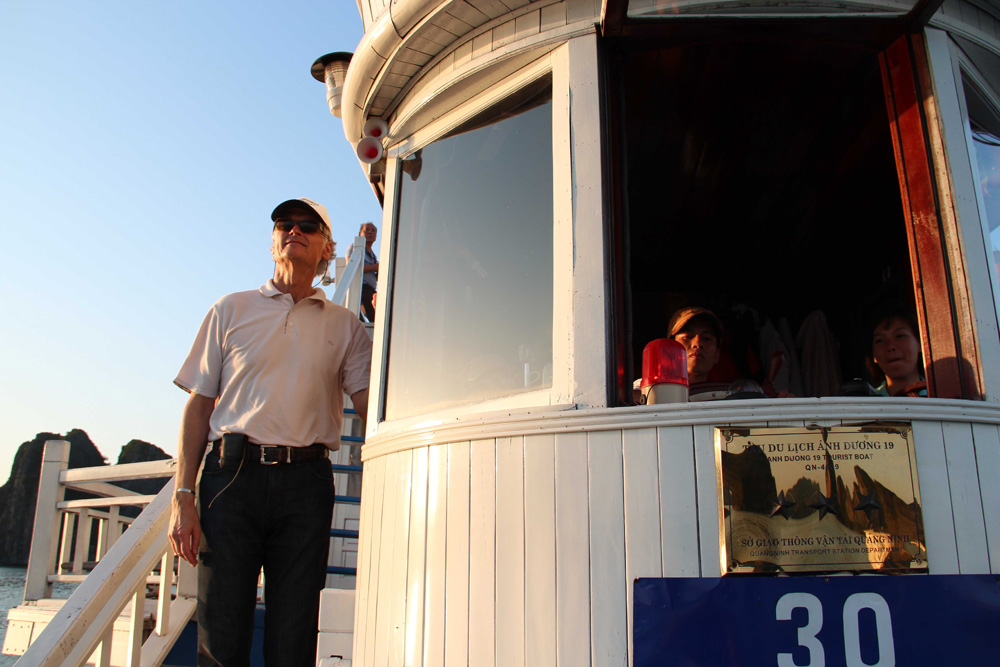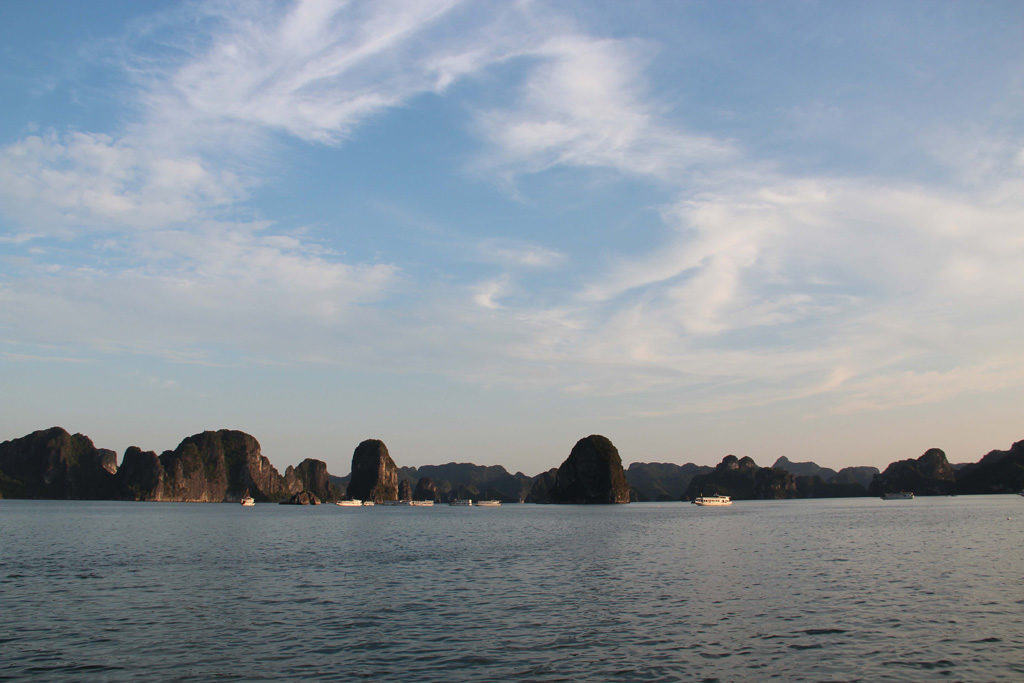
On 11 November 2011, Ha Long Bay was declared one of the Official New7Wonders of Nature. Since then, it has become one of Asia’s most high-profile attractions. The seascape of the bay, dotted with jagged limestone spires, combines the scenic beauty of Vietnam with an evergreen biosystem and a human heritage that dates back to the Soi Nhụ culture (16,000 – 5000 BC).
Quáng Ninh province, where the bay is located, welcomed 7.7 million tourists last year, according to TTR Weekly. This represented an exceptional year-on-year rise of 103 percent compared with 2014. Ha Long City has responded to the growing demand by installing the world’s longest cabin cable car system and the highest Ferris wheel. The cable car, which was designed with the help of Austrian and Swiss experts, runs for 2.2 km. The so-called Sun Wheel was built using Japanese technology and can carry 1,200 passengers an hour. Located 215-metres above sea level, it gives visitors a panoramic view of Ha Long Bay.

Balancing economic development and environmental protection
The dramatic growth in visitor numbers to Ha Long Bay has exposed the challenges to the integrity of its delicate ecology. Can Vietnam’s Tourism Industry Save the Environment? is the question asked by Ai Vuong in The Diplomat, which offers analysis and commentary on events in Asia.
Appeals are being made to the bay’s stakeholders to encourage responsible travel. “Today green tourism isn’t just an incentive to protect the environment; it can also be a selling point,” one tour operator said. Ai Vuong adds, however: “Unless green initiatives are integrated into core company values, it will be difficult for those companies to divert their energy into environmental preservation.”
She singles out the Ha Long Bay Alliance as an example of an organization addressing the need for more awareness of green initiatives and environmental protection. It is using a “holistic approach” she says to “work at finding a balance between sustainable economic development and effective environmental protection.”


